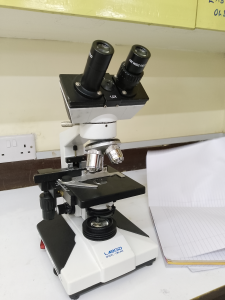Physical education
Completion requirements
Physical education, often abbreviated as PE, is a subject that involves the study and practice of physical activity, exercise, and sports. It is designed to promote physical fitness, enhance motor skills, and encourage active and healthy lifestyles. Physical education is typically offered in schools and educational institutions, but it can also be pursued through community programs and personal fitness initiatives.
The primary goals of physical education are to improve physical health, develop motor skills, and promote social and emotional well-being. It involves a variety of activities, including aerobic exercises, strength training, flexibility exercises, and sports. Physical education programs often include both structured and unstructured activities, allowing individuals to engage in a range of physical activities that suit their interests and abilities.
In addition to promoting physical fitness, physical education also emphasizes the importance of proper technique, safety, and sportsmanship. It aims to teach individuals how to engage in physical activities in a safe and effective manner, while also promoting teamwork, cooperation, and respect for others.
Overall, physical education plays a crucial role in promoting physical health, enhancing motor skills, and fostering a lifelong commitment to active and healthy living. It is an essential component of a well-rounded education and is recognized for its contributions to overall well-being and quality of life.
2. CHAPTER TWO
Handball is a dynamic and fast-paced sport that requires a combination of physical skills, agility, and strategic thinking. Here are some key techniques and field measurements for playing handball:
Techniques of Playing Handball
-
Passing:
- Short Passes: Quick and accurate passes to maintain possession.
- Long Passes: Used to stretch the opponent’s defense and create scoring opportunities.
- Bounce Passes: Effective in bypassing defenders who are too close.
-
Dribbling:
- Controlled Dribble: Maintaining ball control while moving around the court.
- Change of Pace: Switching between fast and slow dribbles to confuse opponents.
-
Shooting:
- Throwing Motion: Overhand or underhand, depending on the situation.
- Positioning: Aiming for the corners of the goal to increase the chances of scoring.
-
Defending:
- Blocking: Positioning yourself to block the opponent’s shot.
- Stealing: Interrupting the opponent’s dribbling or passing to gain possession.
-
Team Play:
- Communication: Constantly communicating with teammates to coordinate movements.
- Positioning: Ensuring players cover different areas of the field to prevent gaps.
-
Strategies:
- Pressing: Applying pressure on the opponent immediately after gaining possession.
- Counter-Attacks: Quickly transitioning from defense to offense after regaining possession.
Field Measurements
-
Dimensions:
- Length: Typically 40 meters (131.23 feet).
- Width: Typically 20 meters (65.62 feet).
-
Court Markings:
- Center Circle: A circle with a radius of 6 meters (19.69 feet) located at the center of the field.
- Penalty Area: A semi-circular area in front of each goal, with a radius of 6 meters (19.69 feet). The total length of the two penalty areas is 24 meters (78.74 feet).
- Goal Area: The area directly in front of each goal, marked by a line 6 meters (19.69 feet) from the goal line.
- Halfway Line: Divides the field into two equal halves, measuring 20 meters (65.62 feet).
-
Other Markings:
- Substitution Area: Designated area where substitutions can be made.
- Technical Area: Area where coaches and substitutes can sit and strategize.
Understanding these techniques and measurements is crucial for both players and coaches to ensure fair play and effective game strategies.
